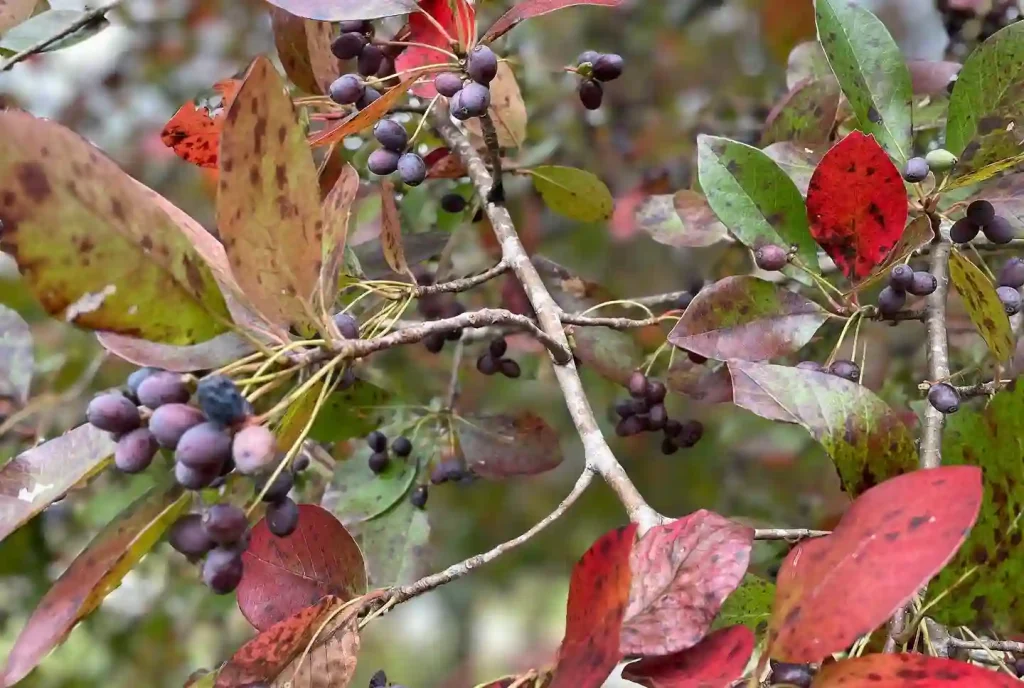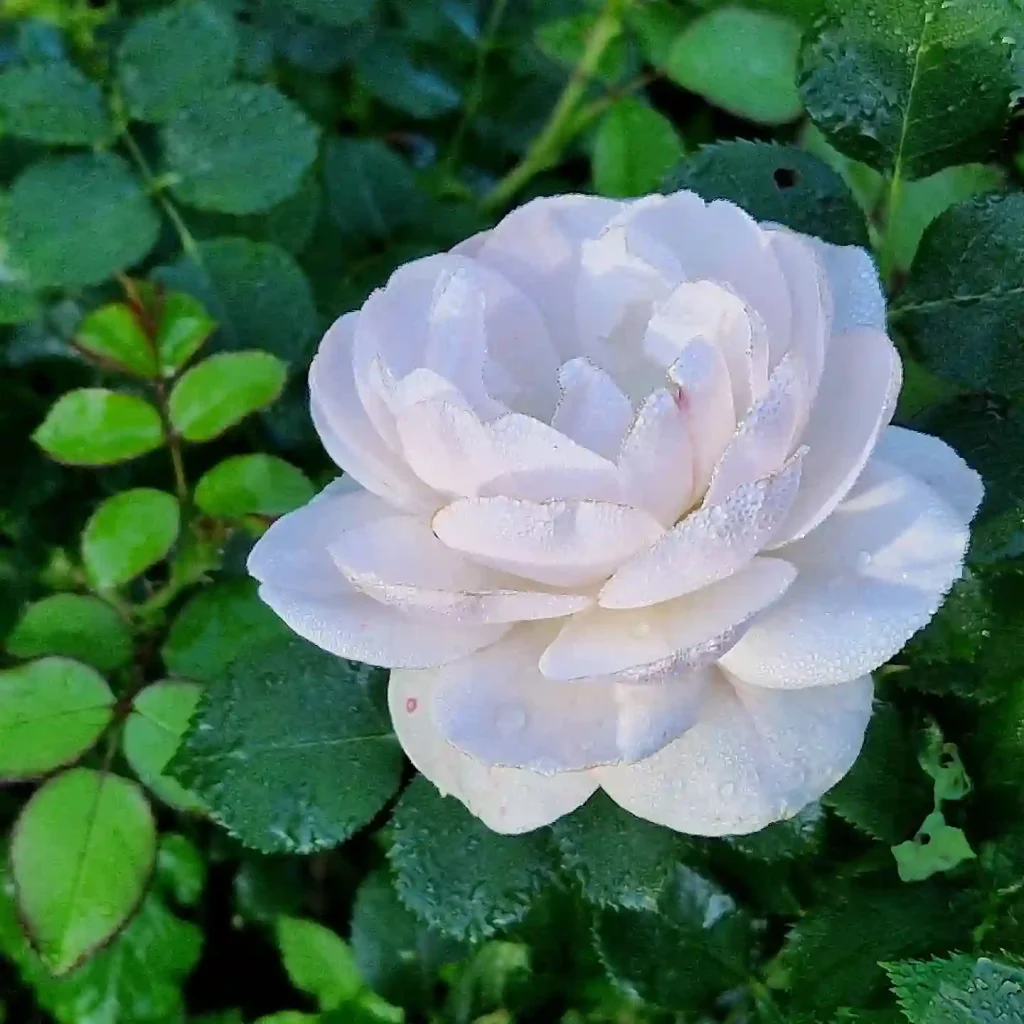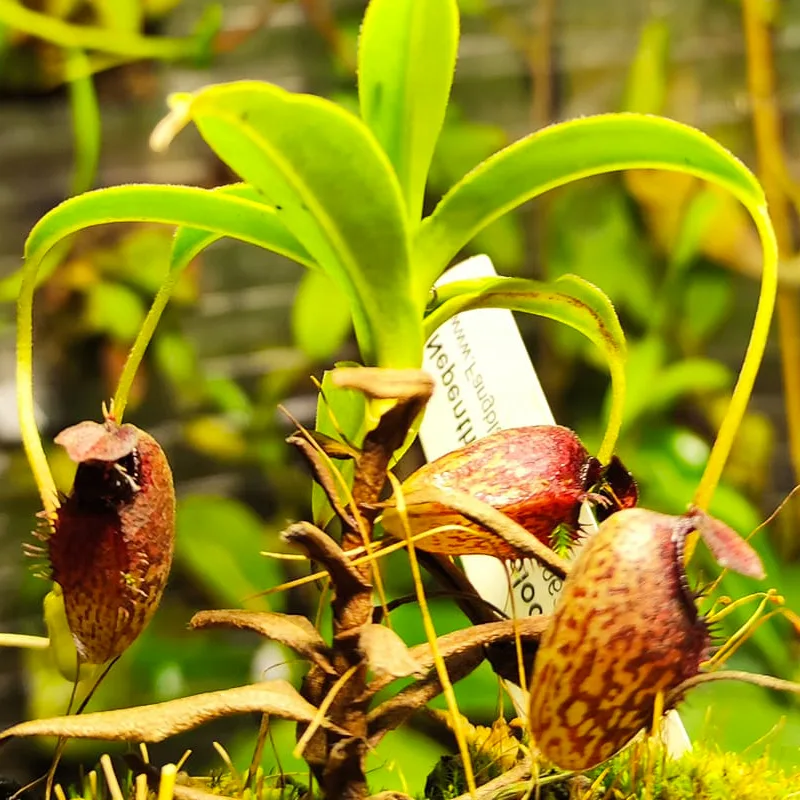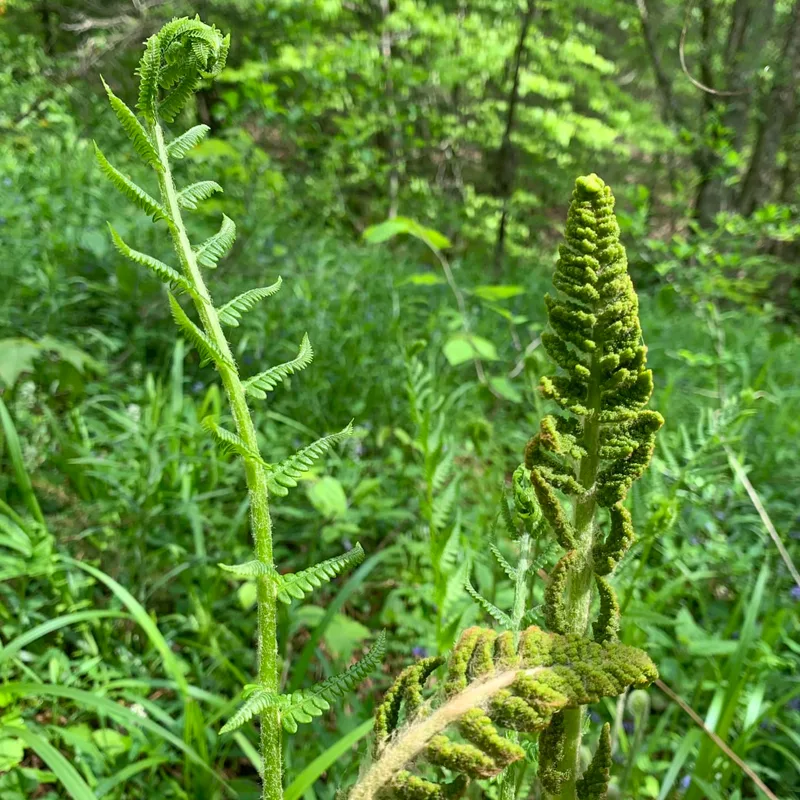Triteleia Aquarius: A Guide to This Unique Flower
When I first came across the Triteleia Aquarius, I was drawn to its stunning star-shaped blooms. The soft blue-violet hue and the way it gracefully emerged in the garden made it an instant favorite for me. But like many of you, I had a lot of questions before planting it in my garden. Below, I’ll answer some of the most common questions about Triteleia Aquarius bulbs, including how to care for them, where to plant them, and more.
17 Species in Genus Triteleia
What is Triteleia Aquarius?
Triteleia Aquarius is a perennial bulbous plant known for its striking clusters of star-shaped flowers. These blooms appear in late spring to early summer, adding a splash of color to the garden. The plant is also known by its common name, “Blue Star”. The flowers sit atop tall, slender stems, reaching up to 24 inches in height, making them perfect for adding vertical interest to your garden.
What zones are suitable for Triteleia Aquarius?
One of the first things to consider when planting Triteleia Aquarius bulbs is your growing zone. These bulbs thrive in USDA hardiness zones 6 through 10. In cooler climates (zones 6 and 7), it’s important to mulch well during the winter to protect the bulbs from frost. If you live in a warmer area (zones 8 to 10), you can leave the bulbs in the ground year-round without any special winter care.
How to care for Triteleia Aquarius?
Caring for Triteleia Aquarius is relatively easy, which is another reason I love this plant. These bulbs prefer well-drained soil and full sun to partial shade. When planting, place the bulbs about 3 to 4 inches deep and space them 4 to 6 inches apart. I’ve found that they do best in areas with good drainage, as they don’t like to sit in soggy soil.
Once planted, water them moderately. They need regular watering during the growing season, but be careful not to overwater them, especially after they’ve finished blooming. In fact, once the foliage starts to die back, it’s best to reduce watering altogether.
How to propagate Triteleia Aquarius?
Propagating Triteleia Aquarius is fairly straightforward. The easiest method is by dividing the bulbs. After a few years, your clumps of Triteleia Aquarius bulbs will start to grow larger. When this happens, you can dig up the clumps and gently separate the bulbs. Replant the divided bulbs in a similar location, ensuring they’re spaced adequately to prevent overcrowding.
If you prefer, you can also collect seeds from the spent flowers. However, be aware that growing Triteleia Aquarius from seed can take several years before the plants mature and begin to flower. I usually stick to dividing the bulbs since it provides quicker results.
What to plant with Triteleia Aquarius?
Triteleia Aquarius looks stunning when planted alongside other low-maintenance perennials. I’ve had great success pairing them with plants like Agapanthus, which also have a similar height and bloom time. The combination of blue hues creates a harmonious look in the garden. Other good companions include Alliums and Salvias, which add contrast in both color and texture.
If you’re planting Triteleia Aquarius in a container, consider mixing it with shorter, mounding plants like creeping thyme or low-growing sedums. This adds visual interest and helps to fill out the container, creating a fuller look.
What are common issues with Triteleia Aquarius?
Like any plant, Triteleia Aquarius can face some challenges. The most common issue I’ve encountered is poor drainage, which can lead to bulb rot. It’s essential to plant these bulbs in well-drained soil, especially in areas with heavy rainfall. I recommend amending the soil with sand or gravel if you have clay soil in your garden.
Another issue can be pests such as slugs and snails, which are attracted to the plant’s tender leaves. I’ve had success using organic slug bait around the base of the plant to deter them.
How does Triteleia Aquarius fit into a garden design?
Triteleia Aquarius is incredibly versatile. Its tall, slender stems and airy blooms make it perfect for cottage gardens, where it adds a touch of elegance without overpowering other plants. I also love using it in rock gardens and wildflower meadows, where its delicate appearance contrasts beautifully with more rugged plants.
In addition to its aesthetic appeal, Triteleia Aquarius is also deer-resistant, which is a huge plus if you live in an area where deer frequently visit your garden. It’s also a favorite of bees and butterflies, so planting it can help support your local pollinator population.
Conclusion
Triteleia Aquarius is a beautiful and low-maintenance addition to any garden. Whether you’re a seasoned gardener or just starting out, you’ll find that this plant is easy to grow and rewarding to care for. From its striking blooms to its adaptability in various garden settings, Triteleia Aquarius has become one of my go-to plants for adding both color and elegance to my garden. I hope these FAQs help you in your gardening journey with this wonderful plant.
If i die, water my plants!



